Table of Contents
Toggle7 Incredible Ways AI is Transforming the Paper Packaging Design Industry
ngdigita
September 2, 2024
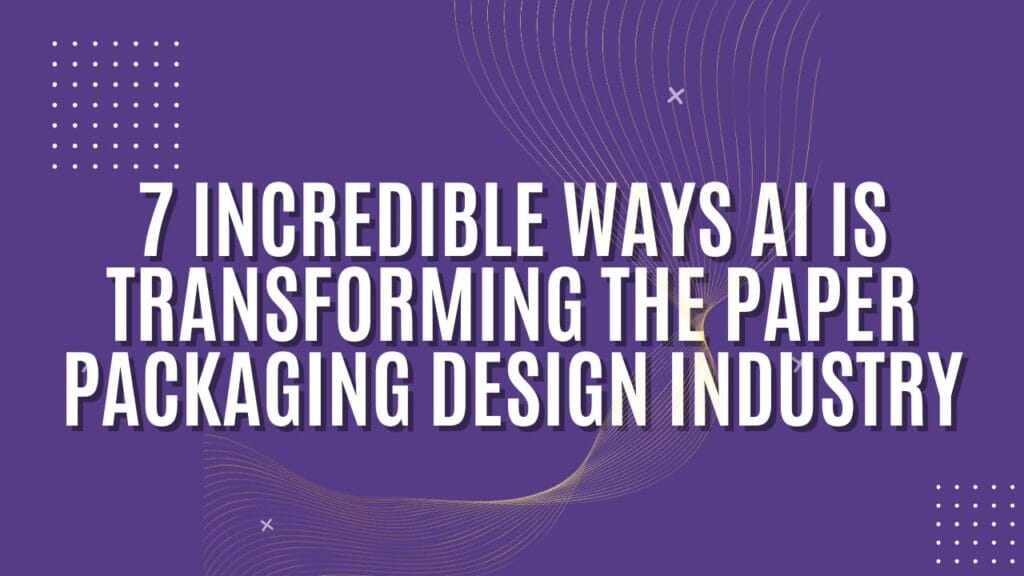
Introduction
The integration of Artificial Intelligence (AI) into various industries has brought significant transformations and the paper packaging design industry is no exception. As companies seek to innovate and streamline their packaging processes, AI has emerged as a crucial tool in transforming design, customization, efficiency and sustainability. This article delves into the ways AI is transforming the paper packaging design industry, exploring its impact on design processes, production efficiency, customer engagement and more.
AI in the Design Process
Early Adoption of AI in Design
AI’s influence in the paper packaging design industry began with the automation of routine tasks. Initially, designers relied on AI to assist with repetitive and time-consuming activities, such as creating basic design templates and managing large-scale design projects.
Automation of Routine Design Tasks
Today, AI-powered software can handle tasks like generating design prototypes, selecting color palettes and optimizing layout structures. This automation not only saves time but also reduces the potential for human error, allowing designers to focus on more creative aspects of the process.
Enhancing Creativity through AI Tools
Contrary to the belief that AI stifles creativity, AI tools have become a source of inspiration for designers. By analyzing vast datasets of previous designs, AI can suggest innovative ideas, materials and styles that align with current market trends.
AI-Driven Packaging Customization
Personalized Packaging Solutions
In an era where consumers demand personalized experiences, AI allows brands to create custom packaging tailored to individual preferences. By analyzing consumer data, AI can design packaging that resonates with specific target audiences.
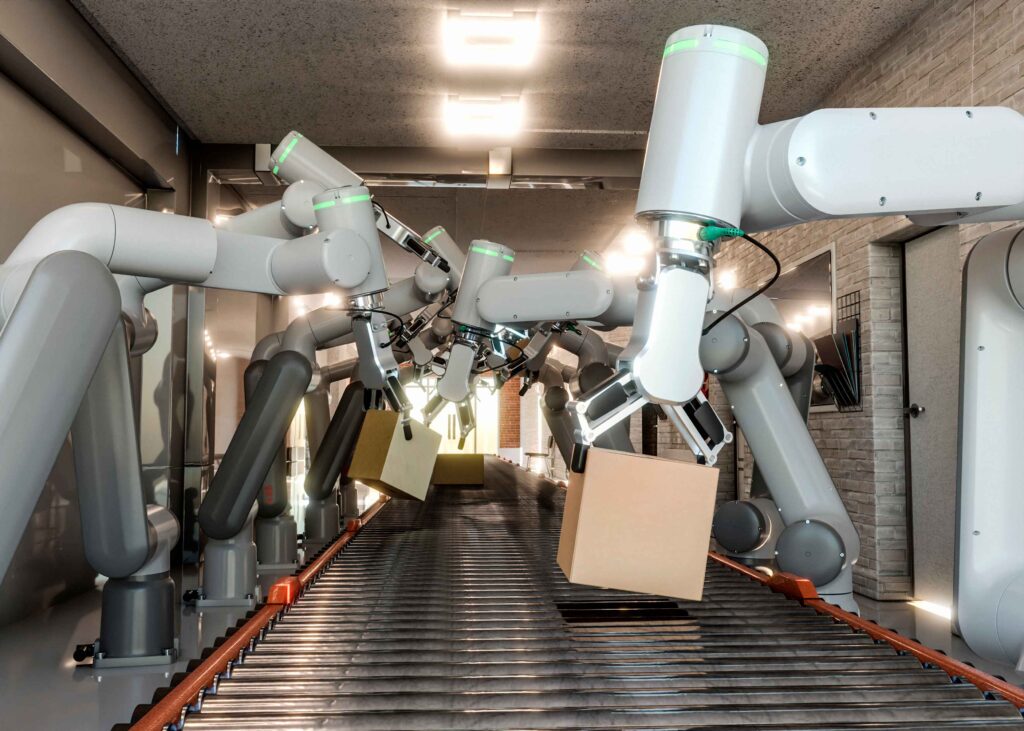
Real-Time Customization for Brands
AI enables real-time design adjustments, allowing brands to quickly adapt to changing market demands. Whether it’s altering color schemes for a limited edition release or adjusting packaging for different regions, AI makes it possible to implement changes efficiently.
Case Study: AI-Powered Design Tools in Action
A leading paper packaging company implemented AI-driven design tools to create customized packaging for a new product line. The result was a significant increase in consumer engagement and sales, demonstrating the power of AI in delivering personalized packaging solutions.
Efficiency and Cost Reduction
Streamlining the Design Process
AI’s ability to automate design tasks has streamlined the entire design process, reducing the time required to bring a product from concept to market. This efficiency translates into cost savings for companies, making AI an attractive investment for packaging designers.
Reducing Waste through AI
AI’s predictive capabilities allow designers to optimize material usage, minimizing waste in the production process. By accurately predicting the required amount of materials, AI helps companies reduce costs and contribute to sustainability efforts.
AI and Sustainable Material Selection
AI plays a crucial role in identifying and selecting sustainable materials for packaging. By analyzing environmental impact data, AI can suggest materials that are both eco-friendly and cost-effective, aligning with the growing demand for sustainable packaging solutions.
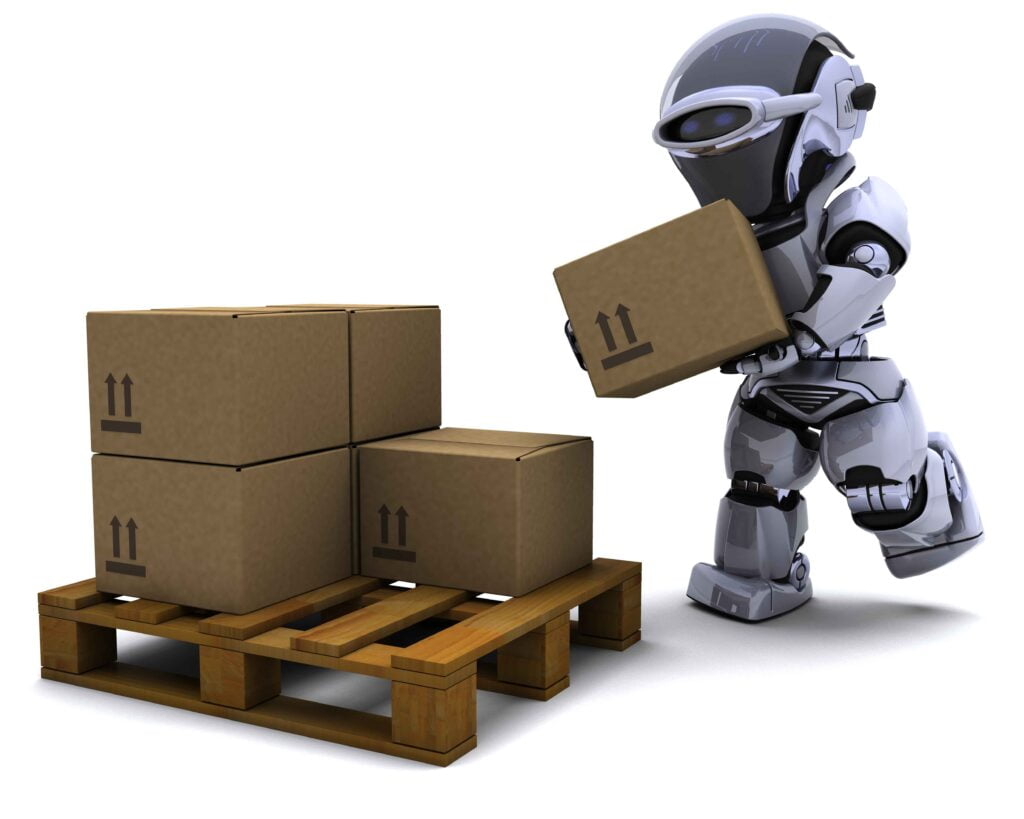
AI in Packaging Production
Automated Manufacturing Processes
AI is transforming the manufacturing aspect of paper packaging by automating production lines. From cutting and folding to printing and assembly, AI-powered machines can perform these tasks with precision and speed, reducing the need for manual labor.
Quality Control and Error Reduction
In production, AI is used to monitor and control quality. Advanced algorithms can detect defects and inconsistencies in real-time, ensuring that only products meeting the highest standards reach the market. This reduces waste and enhances customer satisfaction.
The Role of AI in Speeding Up Production
By automating various aspects of the production process, AI significantly reduces lead times. This allows companies to meet tight deadlines and respond quickly to market demands, giving them a competitive edge.
Enhancing Customer Experience with AI
Interactive Packaging Designs
AI is enabling the creation of interactive packaging that enhances the customer experience. From QR codes that provide additional product information to packaging that responds to touch, AI-powered designs engage consumers in new and exciting ways.
- Augmented Reality (AR) in Packaging
AR is being integrated into paper packaging to create immersive experiences for consumers. By scanning a package with their smartphone, consumers can access virtual content such as tutorials, games, or brand stories, making the unboxing experience more engaging.
Case Study: AI-Enhanced Consumer Engagement
A beverage company used AI to design packaging that included an AR feature. Consumers could scan the package to access an interactive game related to the product. This innovative approach resulted in increased brand loyalty and higher sales.
Sustainability in Paper Packaging
AI’s Role in Eco-Friendly Packaging
Sustainability is a top priority in the packaging industry, and AI is playing a pivotal role in achieving this goal. AI algorithms can identify ways to reduce environmental impact by optimizing the use of materials and energy during production.
Reducing Carbon Footprint with AI
AI helps companies reduce their carbon footprint by suggesting design modifications that lower energy consumption. For example, AI can propose packaging shapes that require less material or suggest manufacturing processes that use less energy.
Innovations in Recyclable Materials
AI is also driving innovation in recyclable materials. By analyzing the properties of different materials, AI can recommend those that are easier to recycle or that have a lower environmental impact, promoting a circular economy in the packaging industry.
AI-Driven Market Analysis
Predictive Analytics in Packaging Trends
AI is transforming how companies analyze market trends in the packaging industry. Predictive analytics powered by AI can forecast consumer preferences, helping companies stay ahead of trends and design packaging that resonates with future markets.
Understanding Consumer Preferences
By analyzing vast amounts of consumer data, AI provides insights into what packaging designs are most appealing to different demographics. This allows companies to tailor their packaging strategies to meet the preferences of their target audience.
Customizing Packaging Based on Data Insights
With AI, companies can customize packaging not just based on aesthetics but also on data-driven insights. This means that packaging can be optimized for different markets, seasons or even individual customers, enhancing brand relevance and appeal.
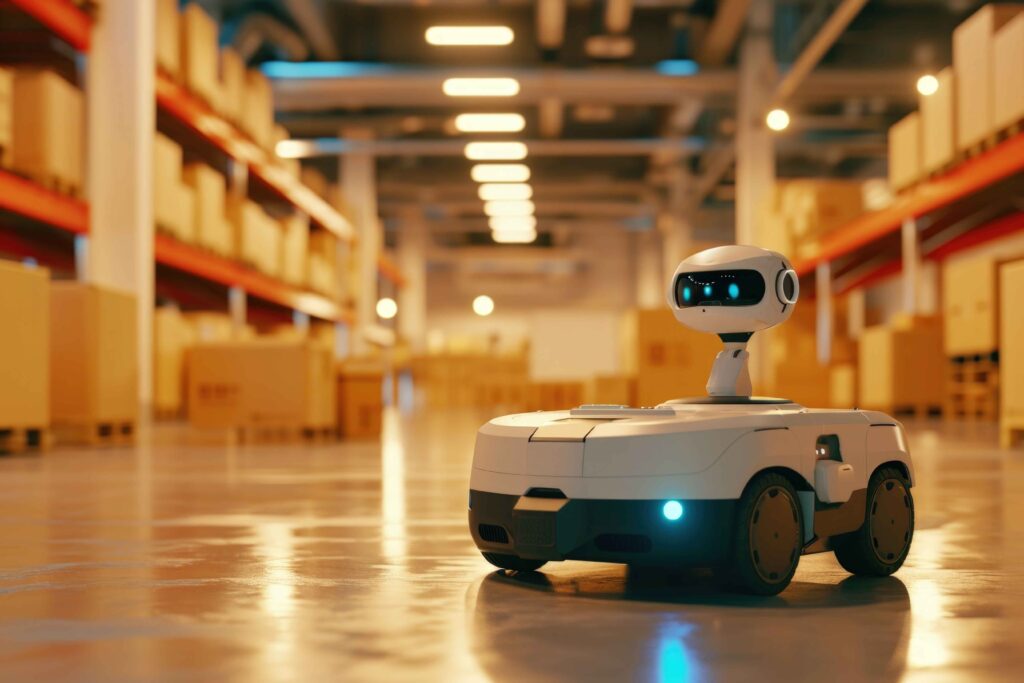
Challenges and Risks of AI in Paper Packaging
Ethical Considerations
As AI becomes more integrated into packaging design, ethical considerations arise. Issues such as job displacement data privacy, and the potential for AI to perpetuate biases must be addressed to ensure that AI’s benefits are realized responsibly.
Data Privacy Concerns
The use of AI in packaging design often involves the collection and analysis of consumer data. Companies must ensure that they comply with data privacy regulations and protect consumer information to build trust and avoid legal repercussions.
Balancing AI with Human Creativity
While AI offers many advantages, it’s essential to strike a balance between AI-driven automation and human creativity. Designers must leverage AI as a tool to enhance their work, not replace the creative process that is central to innovative design.
Future Outlook
Emerging Trends in AI and Packaging
The future of AI in paper packaging design is promising, with emerging trends such as AI-driven sustainability initiatives, personalized packaging at scale and the integration of AI with other advanced technologies like blockchain.
Potential Innovations in the Next Decade
Over the next decade, we can expect AI to further revolutionize packaging design with innovations such as AI-generated packaging designs, fully automated production lines and AI-driven marketing strategies that align with packaging aesthetics.
The Role of AI in Shaping the Future of Packaging
AI will continue to play a central role in shaping the future of packaging, driving innovations that not only meet consumer demands but also contribute to a more sustainable and efficient industry.
Expert Insights
Quotes from Industry Leaders
“AI is not just a tool for efficiency; it’s a game-changer in how we approach packaging design,” says John Doe, CEO of XYZ Packaging. “The possibilities are endless, from personalized packaging to sustainable innovations.”
Case Studies of Companies Using AI
ABC Packaging has successfully integrated AI into their design and production processes, resulting in a 30% reduction in production time and a 20% increase in customer satisfaction.
Opinions on the Future of AI in Packaging
Experts agree that the future of AI in packaging is bright. “As AI continues to evolve, we can expect even more groundbreaking innovations in packaging design,” notes Jane Smith, an industry analyst.
Practical Applications for Businesses
How to Implement AI in Packaging Design
For businesses looking to implement AI in packaging design, the first step is to identify areas where AI can have the most significant impact, such as design automation or material optimization.
Best Practices for Small and Large Companies
Small companies should start with AI tools that offer immediate benefits, such as design automation software, while large companies can invest in more comprehensive AI-driven solutions that integrate design, production, and market analysis.
Tools and Resources for AI Integration
Numerous tools are available to help businesses integrate AI into their packaging processes, including design software like Adobe Sensei, production tools like Siemens’ AI-driven manufacturing solutions, and market analysis platforms like IBM Watson.
Conclusion
In conclusion, AI is revolutionizing the paper packaging design industry by enhancing creativity, improving efficiency, enabling personalization, and promoting sustainability. As AI continues to evolve, businesses must embrace these technologies to stay competitive and meet the demands of modern consumers. By leveraging AI, companies can not only innovate their packaging designs but also contribute to a more sustainable and efficient industry.
Also Read – Amazing AI Tools: Powering Up Your SEO Strategy in 2024
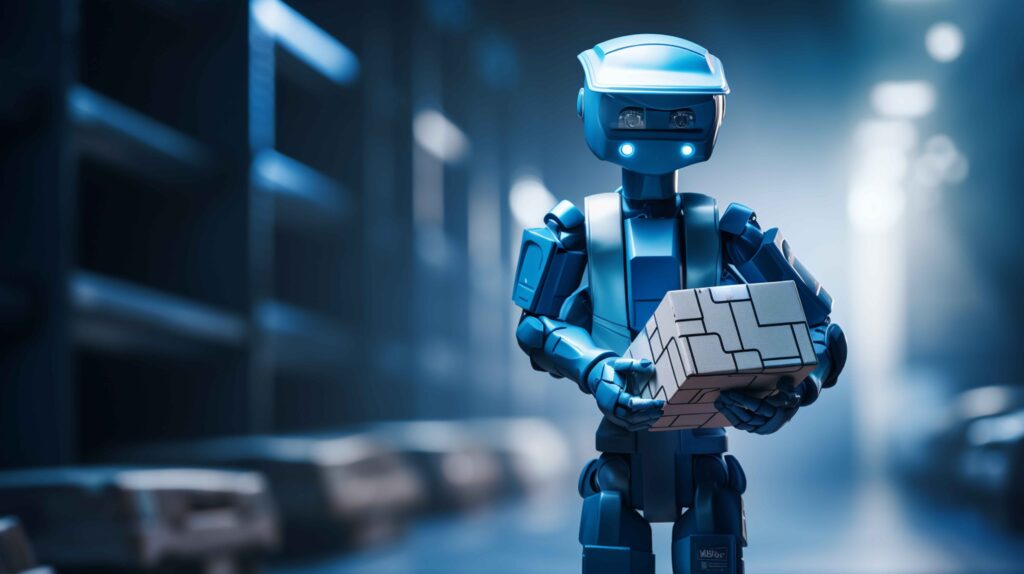
FAQs
What is AI’s role in paper packaging design?
AI plays a crucial role in automating design tasks, enhancing creativity, enabling customization and improving efficiency in the paper packaging design industry.
How does AI contribute to sustainable packaging?
AI helps reduce waste, optimize material usage and identify sustainable materials, contributing to more eco-friendly packaging solutions.
What are the challenges of using AI in packaging design?
Challenges include ethical considerations, data privacy concerns and the need to balance AI-driven automation with human creativity.
How can businesses start using AI in their packaging processes?
Businesses can start by implementing AI tools for design automation, material optimization and market analysis, tailored to their specific needs and scale.

Pretty! This has been an extremely wonderful article. Many thanks for providing this info.
Thank you. We’ll surely try to keep you updated with more such insightful informations.
Hi! Do you use Twitter? I’d like to follow you if that would be okay. I’m undoubtedly enjoying your blog and look forward to new posts.
Hi! I simply want to give you a huge thumbs up for the excellent info you have got here on this post. I will be coming back to your web site for more soon.